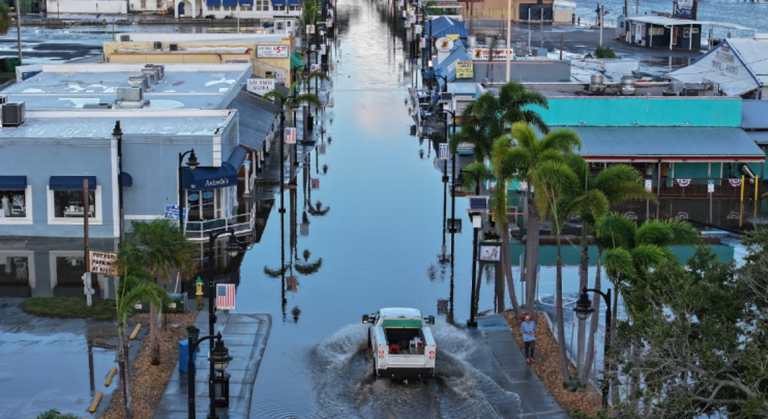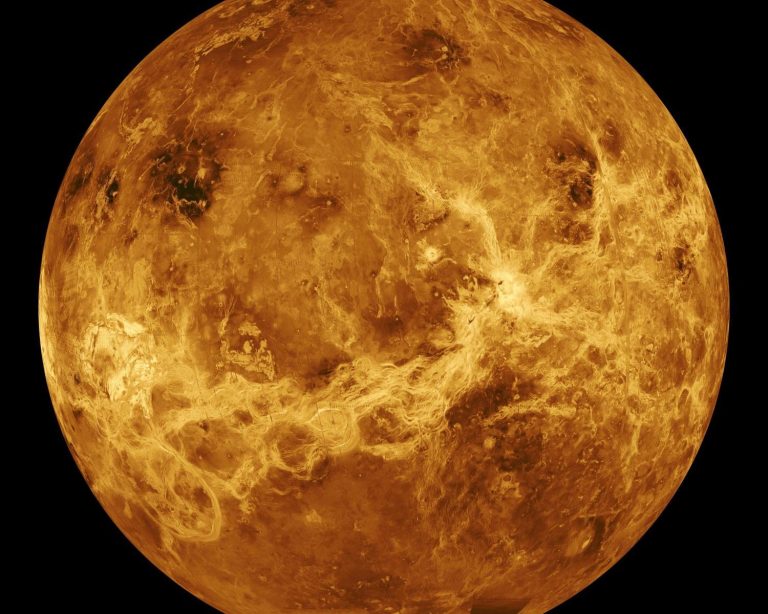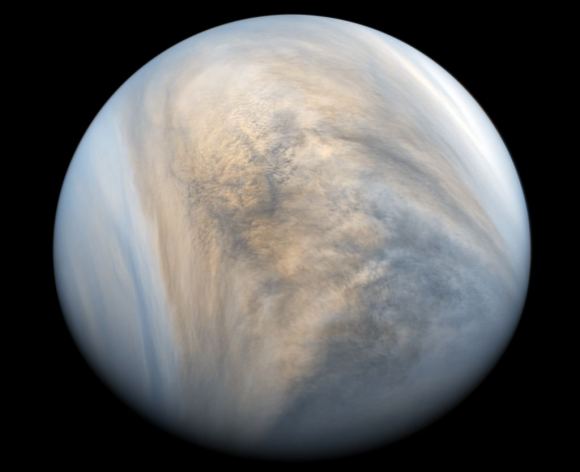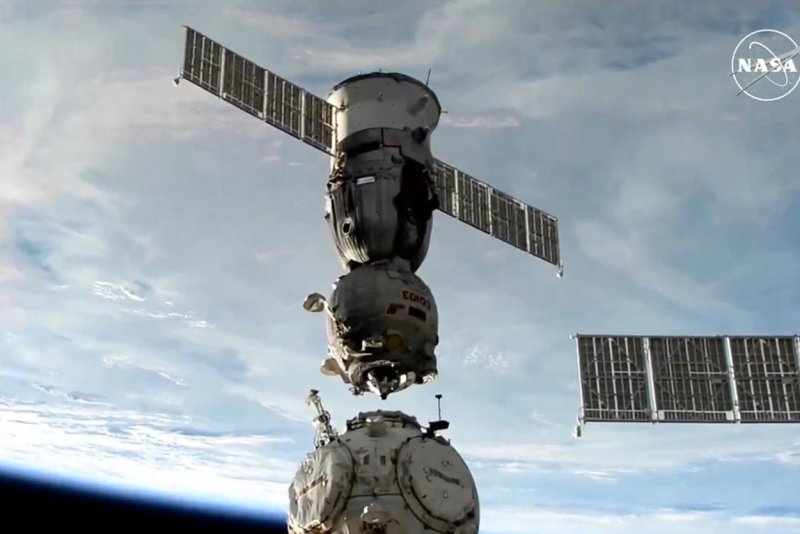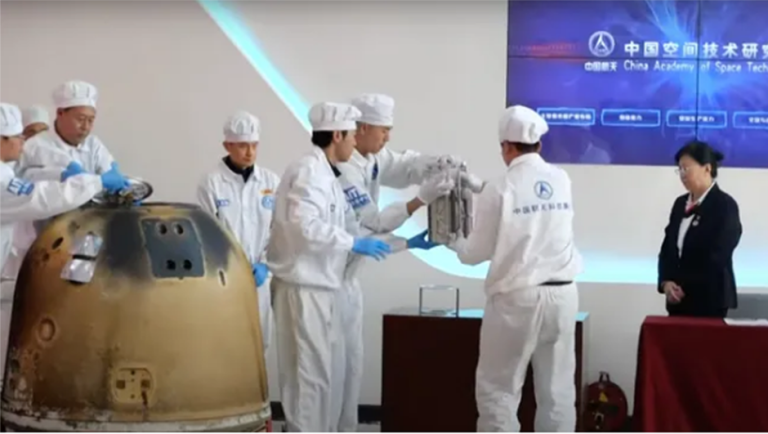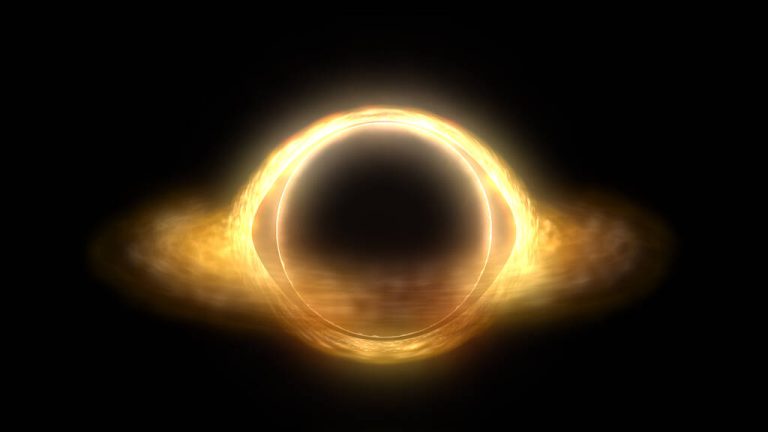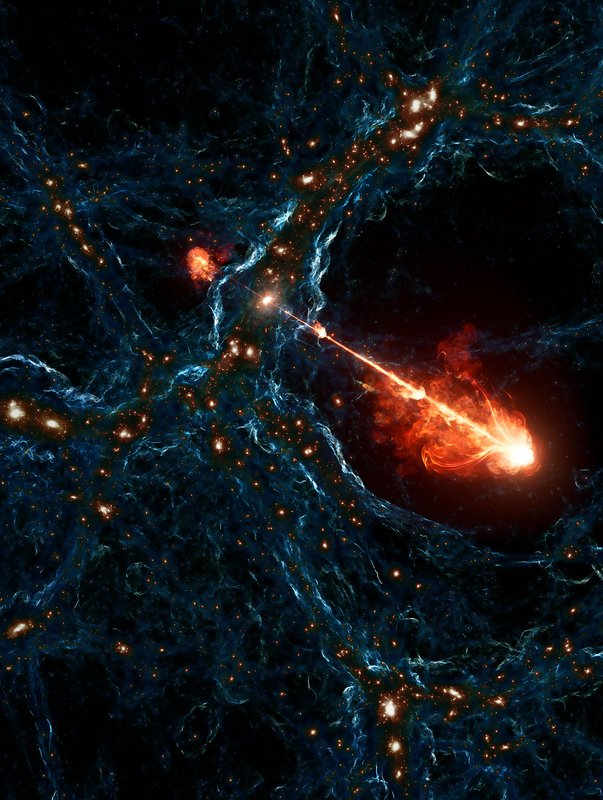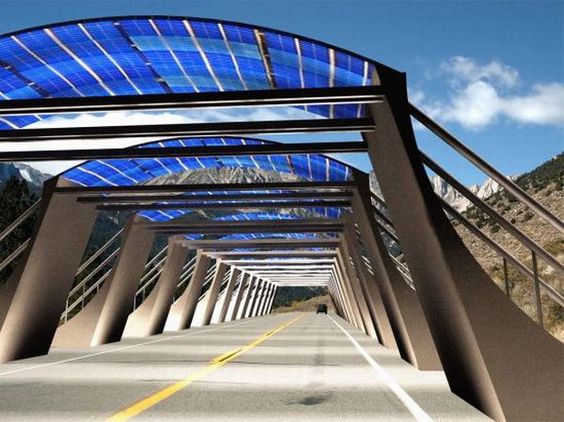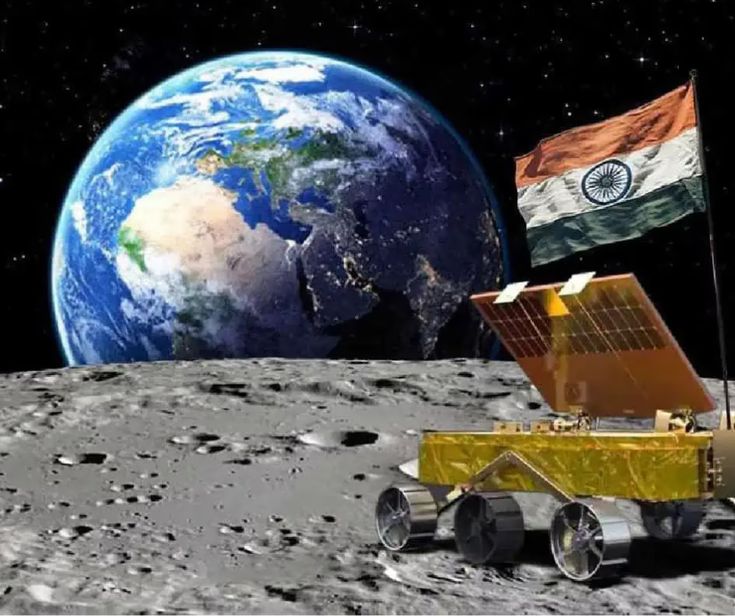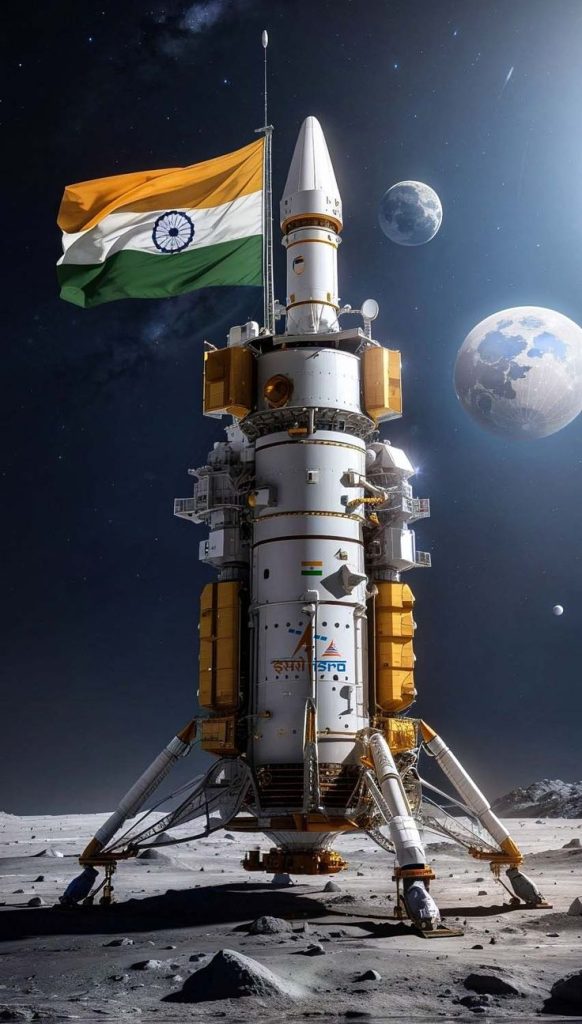Apple and Starlink’s Life-Saving Role in the Hurricane Helene Emergency
Apple’s iOS 18 offers satellite messaging for iPhone 14 or later users during network outages, proving crucial in Hurricane Helene’s aftermath. Starlink’s terminals were deployed to re-establish internet in severely affected areas across the southern United States. The Y’all Group, a nonprofit, played a significant role in deploying communication hardware to rural regions. North Carolina, South Carolina, and Georgia were some of the worst-hit states, with millions losing power.
Summary
- Hurricane Helene left hundreds of thousands without power across multiple states.
- Apple iPhone 14 users, through iOS 18’s satellite service, can send messages despite cellular outages.
- Starlink’s satellite internet provides emergency communication solutions in the hardest-hit areas.
- The Y’all Group, a nonprofit organization, supported locals by delivering communication equipment.
- The collaboration of Apple’s satellite technology and Starlink’s services saved countless lives, proving essential in disaster response.
- Power outages remain widespread in North Carolina, South Carolina, Georgia, and other states.
- Emergency services rely on satellite communication to coordinate relief efforts and provide critical aid.
Apple’s Satellite Feature: A Lifeline During Hurricane Helene
When Hurricane Helene made landfall, it brought devastation to the southeastern United States. In its wake, millions were left without power, cellular service, and internet access. While traditional forms of communication were down, Apple’s satellite feature, introduced in iOS 18, became a beacon of hope for many.
Apple’s latest operating system allows iPhone 14 or later users to send messages via satellites. This feature, activated when cellular or WiFi networks are unavailable, has proven life-saving for residents like Matt Van Swol, who took to Twitter to express his gratitude. He said:
I’ve never been more thankful to be an iPhone user.
Due to the lack of cell service, EVERYONE in Asheville NC right now on iOS 18 has been able to get messages out and in with the Satellite messaging feature.
This is literally saving lives @Apple. pic.twitter.com/k0FOIgKlRk
— Matt Van Swol (@matt_vanswol) September 30, 2024
Van Swol was just one of the 400,000 residents in North Carolina facing power and cell service outages. As Hurricane Helene poured torrential rains over the state, traditional communication channels failed, but Apple’s innovation ensured residents remained connected.
The satellite messaging feature in iPhones works by connecting to satellites orbiting the Earth rather than relying on ground-based cell towers or WiFi routers. This allows users in remote or disaster-affected areas to send messages even when traditional communication methods are down.
Residents who had upgraded their iPhones to iOS 18 reported that the satellite messaging feature became available automatically.
Starlink Steps in for Broader Communication
While Apple’s satellite messaging offered a lifeline to individuals with iPhones, Elon Musk’s Starlink took on a larger role by providing internet service to entire communities.
Starlink, a satellite internet service powered by SpaceX, deployed its Starlink terminals to the most affected areas in the southeastern U.S., including Asheville, North Carolina, and beyond.
These terminals allowed residents, emergency services, and disaster relief organizations to restore communication channels, helping to coordinate rescue and relief efforts in real-time.
The Y’all Group: Facilitating Relief with Technology
At the heart of the emergency response was The Y’all Group, a nonprofit organization focused on assisting communities affected by extreme weather events. The group partnered with local officials and volunteers to airlift communication hardware, including Starlink terminals, into the most affected areas.
A Y’all Group volunteer, Ryan Hall, tweeted:
First round of @Starlink terminals are airborne. We're working with local officials to make sure they get to the remote areas that need them as quickly as possible. We're also paying for unlimited data plans for each one. This is one of many things @TheYallSquad is doing thanks… pic.twitter.com/LOfiSjYtS6
— Ryan Hall, Y’all (@ryanhallyall) September 30, 2024
| State | Number of Power Outages (in thousands) |
|---|---|
| South Carolina | 672.9 |
| Georgia | 521.2 |
| North Carolina | 390.1 |
| Virginia | 90.0 |
| Florida | 89.0 |
Satellite technology has always been a crucial tool for communication in remote and hard-to-reach areas. However, in recent years, companies like Apple and Starlink have made it more accessible to ordinary citizens, particularly during disasters like Hurricane Helene.
Traditional cellular networks rely on ground-based towers, which are vulnerable to damage from storms, flooding, and power outages. When these systems go down, it can take days or even weeks to restore communication.
In contrast, satellite technology is immune to many of these challenges. By beaming data from space, satellites can bypass the need for ground infrastructure entirely. This makes them an ideal solution for disaster-stricken areas, where other forms of communication are offline.
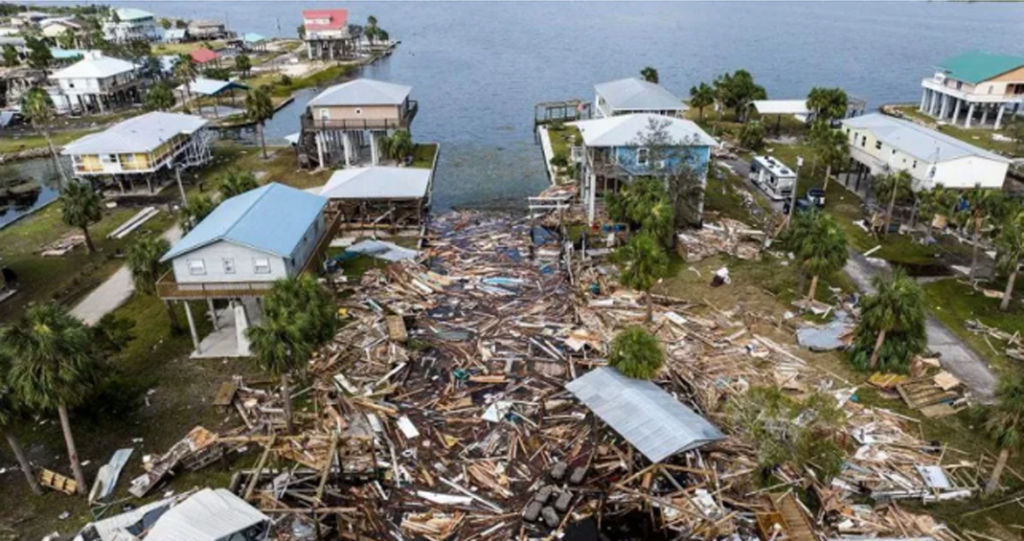
Power Outages and Internet Blackouts
As Hurricane Helene tore through the southern U.S., it left a trail of destruction in its wake, with millions of residents losing power. The lack of electricity also meant that traditional forms of communication, such as WiFi and cellular networks, were disrupted.
According to poweroutage.us, more than 1.7 million customers across several states and territories experienced power outages. South Carolina was the hardest hit, with over 672,000 customers affected. Following closely were Georgia and North Carolina, with 521,000 and 390,000 outages, respectively.
With power out for so many, communication tools like Apple’s satellite messaging and Starlink’s internet service became vital for rescue efforts and to keep families connected. Residents could still send messages and access the internet, even with traditional networks down, thanks to these technologies.
| State | Starlink Terminals Deployed |
|---|---|
| North Carolina | 350 |
| South Carolina | 450 |
| Georgia | 500 |
| Virginia | 150 |
| Florida | 100 |
In times of disaster, communication is often a matter of life and death. Families need to reach out to loved ones, emergency responders must coordinate rescues, and aid organizations require real-time information to deploy resources effectively. The combination of Apple’s satellite messaging and Starlink’s internet service provided exactly that during Hurricane Helene.
For those stranded in isolated areas or cut off from cellular service, Apple’s new satellite messaging feature meant the difference between isolation and connection. With the feature’s automatic activation when cellular and WiFi services are down, it became a critical tool for users during the storm.
At the same time, Starlink’s terminals restored internet service to entire neighborhoods and towns. This not only allowed residents to communicate but also enabled rescue teams to better organize relief efforts. The deployment of Starlink terminals, especially in rural and hard-hit areas, was a major factor in re-establishing communication for thousands of people.
A Future of Satellite-Driven Disaster Relief
The success of Apple and Starlink’s technologies during Hurricane Helene is a promising glimpse into the future of disaster response. As natural disasters become more frequent and severe due to climate change, the need for reliable communication systems will only grow.
Satellite technology, thanks to companies like Apple and SpaceX, is quickly becoming the backbone of emergency communication in disaster zones. While cellular towers and WiFi routers remain important, they are vulnerable to destruction during hurricanes, earthquakes, and other natural disasters. In contrast, satellites offer a resilient, reliable alternative that can be deployed quickly and with minimal infrastructure.
Looking ahead, it’s likely that satellite communication will play an even larger role in disaster response efforts. In fact, emergency services and aid organizations around the world are already investing heavily in satellite technology to ensure that they can stay connected, no matter what.

